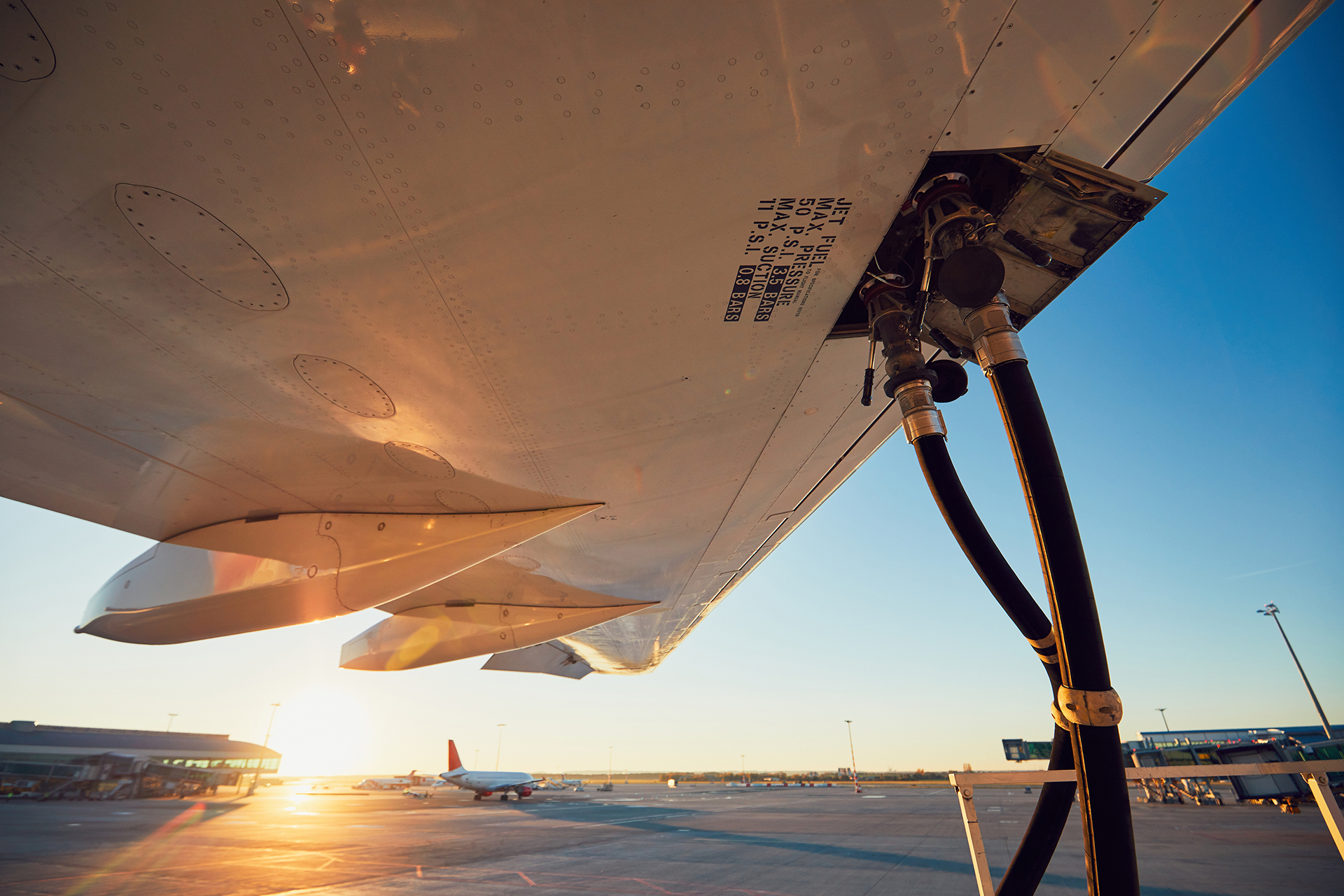Resurgent passenger aviation following the coronavirus pandemic has created shortages of jet fuel, pushing up airlines’ operating costs and fares.
U.S. jet fuel inventories stood at just 36.5 million barrels on Feb. 10, according to data from the U.S. Energy Information Administration (EIA).
Stocks were at the lowest for the time of year since 1985 and 4.3 million barrels (-11% or -1.94 standard deviations) below the prior ten-year seasonal average.
The deficit has narrowed from 6.3 million barrels (-15% or -2.83 standard deviations) at the start of October 2022, but inventories remain stretched.
Chartbook: U.S. jet fuel inventories
Kerosene-type jet fuel is produced by similar refinery processes to diesel and other distillate fuel oils, but at higher quality specifications.
Jet supplies have experienced the same pressures as other middle distillates – rebounding transportation demand coupled with worldwide limits on refinery production.
Shortages of other middle distillates have bled across into tight supplies of jet fuel since both draw from the same refinery streams.
The number of passengers boarding scheduled flights in the United States recovered to 89% of its pre-pandemic level between January and November 2022, according to the U.S. Bureau of Transportation Statistics.
The volume of jet fuel supplied to the domestic market also returned to 89% of the pre-pandemic level in the first eleven months of 2022, according to the EIA.
But with shortages of both jet fuel and other middle distillates, the average price paid for jet fuel climbed to $3.37 per gallon ($142 per barrel) in 2022 up from $2.00 per gallon in 2019…



